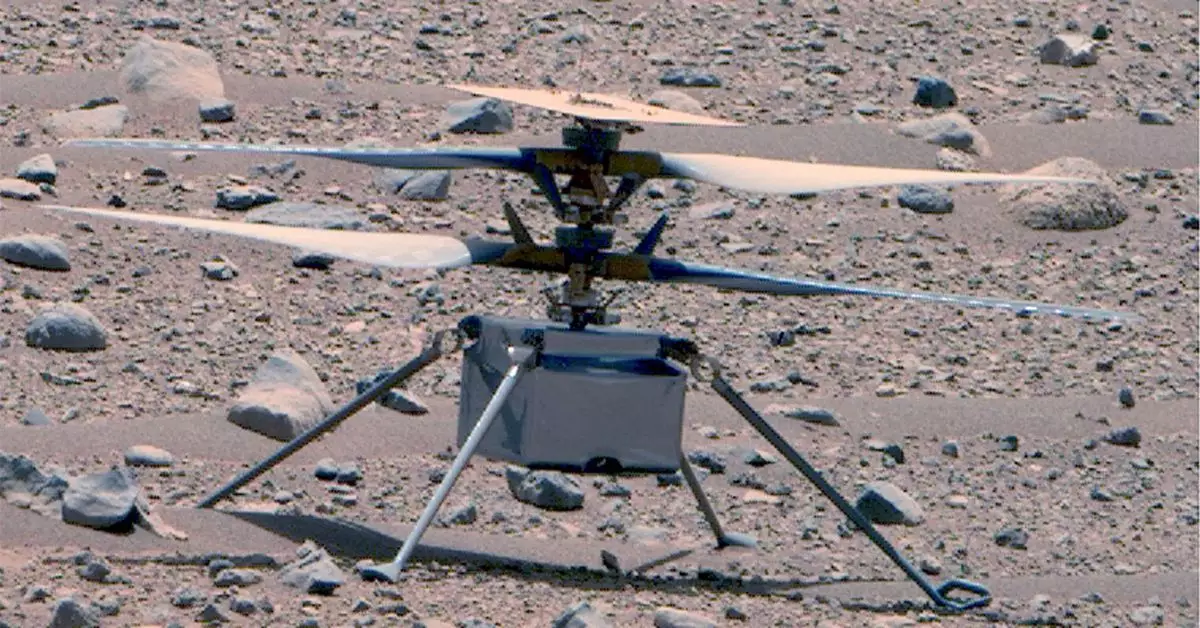Launched as a technological scout for Mars exploration, NASA’s Ingenuity Mars Helicopter has surpassed expectations since its deployment. Originally intended for just five flights within a month, this remarkable piece of engineering stretched its operational limits to nearly three years, accomplishing 72 flights and gathering over two hours of data in the Martian atmosphere. Ingenuity served not only as a flight demonstration but also paved the way for future aerial exploration on other celestial bodies. Its preliminary flights provided critical data on Martian atmospheric conditions and surface features, offering invaluable insights for ongoing and future missions.
However, all was not without challenges. The mission faced a significant setback on January 18, 2024, when Ingenuity experienced a crash landing that raised many questions. Engineers from NASA’s Jet Propulsion Laboratory and AeroVironment identified a critical failure in the craft’s vision navigation system. The system was designed to interpret Martian terrain by tracking textured surface features. Nevertheless, Ingenuity found itself flying over a featureless area characterized by rippled sands, leading to severe confusion and incorrect velocity calculations. Such navigational errors are a stark reminder of the unique complexities involved in piloting aerial vehicles in environments distinct from Earth.
The analysis into the cause of the crash has revealed considerable insights. Investigators determined that the erroneous navigation led to unexpectedly high horizontal velocities upon touchdown. Consequently, Ingenuity made a hard landing on a sand ripple’s slope, resulting in a rapid attitude change that exceeded the limits designed for its fast-rotating rotor blades. This scenario illustrates the challenges of aerial navigation on Mars, where visual cues are sparse, and the operational environment can diverge significantly from simulations conducted on Earth.
Moreover, initial assumptions regarding the physical damages to the rotor blades have also shifted. While it was initially believed that contact with the Martian surface resulted in damage, further inspections indicate that the blades snapped off due to excessive forces encountered during the crash dynamics. The loss of communication during the event further complicated recovery efforts as vibrations from the unbalanced rotor system elevated power demands to levels beyond the design tolerances.
Despite being deemed permanently grounded, redemption came quickly for Ingenuity. The situation showcased the resilience of the technology: communication with the craft was restored the following day, allowing it to continue transmitting weather and avionics data to the Perseverance rover. These insights are now being utilized to assist engineers in refining the design of future aerial vehicles for Mars exploration.
Ultimately, the saga of Ingenuity emphasizes the value of learning from failures. Its journey reflects the potential of aerial exploration in extraterrestrial environments. While the crash poses questions around navigational integrity and structural resilience, it also highlights the ongoing commitment of NASA to adapt and innovate. Ingenuity’s ability to provide ongoing data illustrates the enduring spirit of exploration and the continuous quest for knowledge beyond our home planet.

